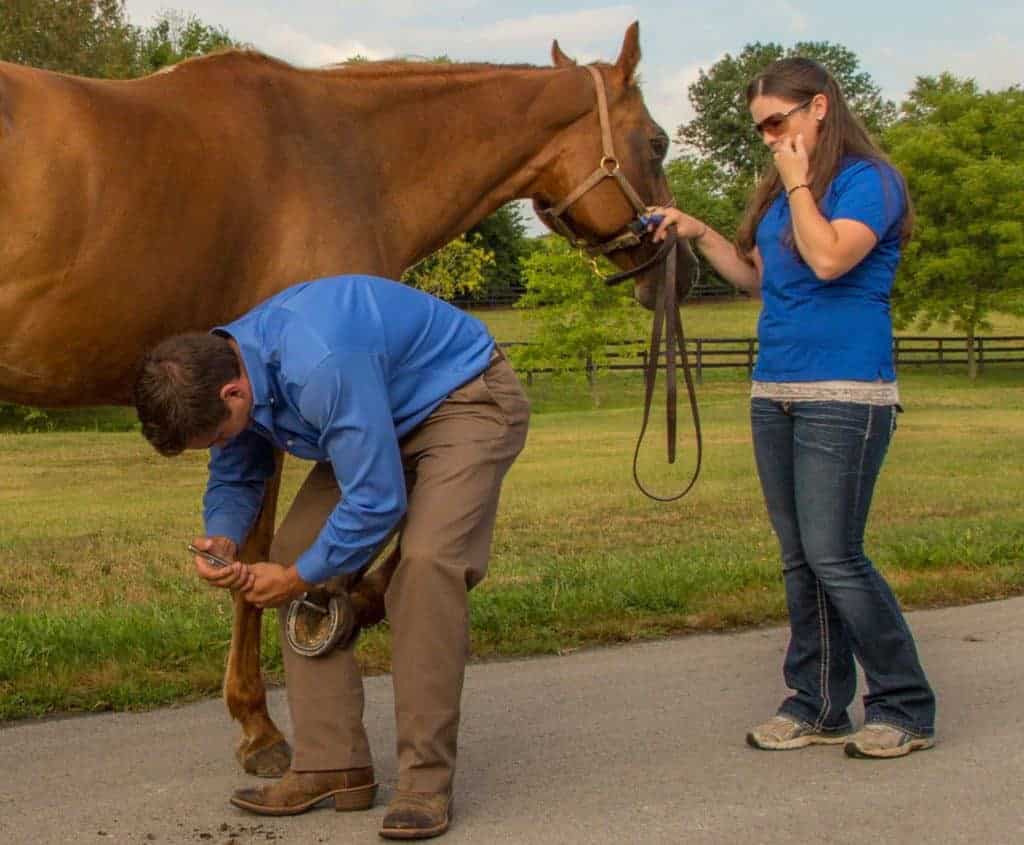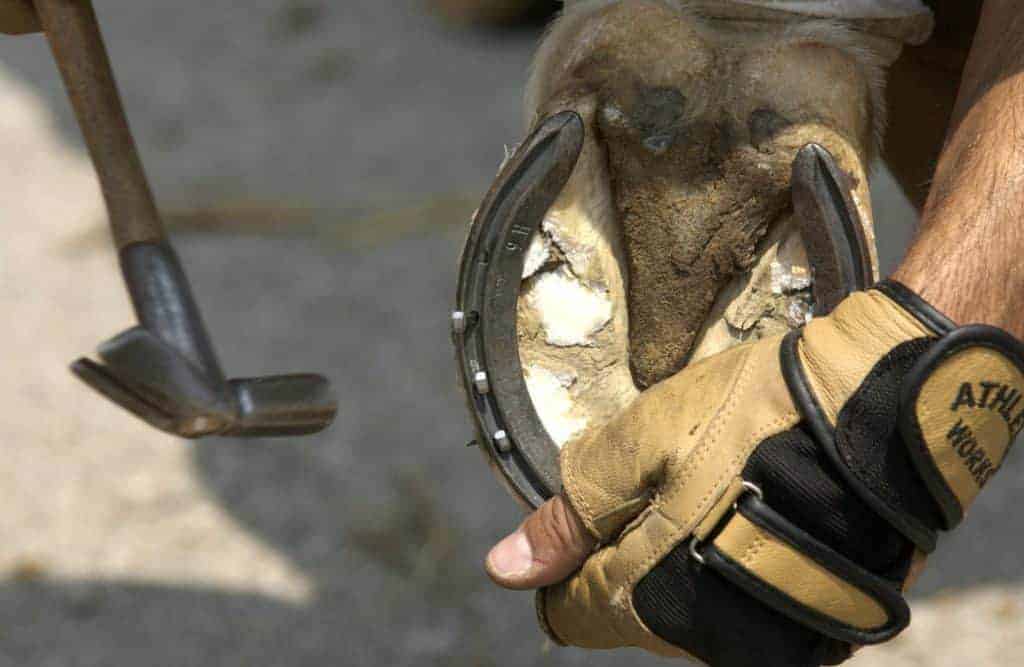
Got Healthy Hooves? Here’s How to Keep Them That Way
Consider the big picture—from farrier care and diet to environment and genetics—when working to keep horse hooves healthy.

Consider the big picture—from farrier care and diet to environment and genetics—when working to keep horse hooves healthy.

Recognizing and treating club feet in young horses can help them succeed in their intended discipline and, ultimately, prevent lifelong hoof complications.

Texas-based farrier David Gilliam hopes his new nonprofit, Equine Soundness Professionals, will help improve horse health by promoting increased collaboration between farriers and veterinarians.

Horse health care often requires teamwork. Use these tips to find the right equine health professionals for your team.

Two veterinarians share what has remained the same and what’s changing when it comes to diagnosing and treating this frustrating condition, once known as navicular. Read an excerpt from this in-depth article in our July 2018 issue.

German researchers found hoof angle changes affect horses differently and might create new problems.

Dr. Debra Taylor describes the visual exam of a healthy hoof and how horses’ feet can change in response to external factors.

Farriers believe the American Veterinary Medical Association’s (AVMA) proposal to eliminate them from a list of exemptions in the latest suggested revision to the Model Veterinary Practice Act (MVPA) could carry unintended consequences.

Veterinarians and farriers often have busy schedules. Here are some tips to help expedite their visits when they arrive.

The collaborative work of the owner, farrier, and veterinarian can dictate a horse’s soundness and overall health.
The American and International Associations of Professional Farriers created the award in honor of Dr. Frank Gravlee.

Of the 359 respondents, 101 (28%) said their hoof care professionals use radiographs to make trimming/shoeing decisions.

Farriers can learn more about conducting research, increasing the evidence behind farriery, and improving horse welfare.

Research has provided farriers with a better understanding of how weight-bearing and loading affect hoof wall growth.

Of the 1,743 respondents, 841 (48%) said their horses’ hooves are trimmed and/or shod every six to seven weeks.

Underrun heels can contribute to problems such as chronic heel pain, bruising, lameness, reduced performance, and more.
Stay on top of the most recent Horse Health news with
"*" indicates required fields